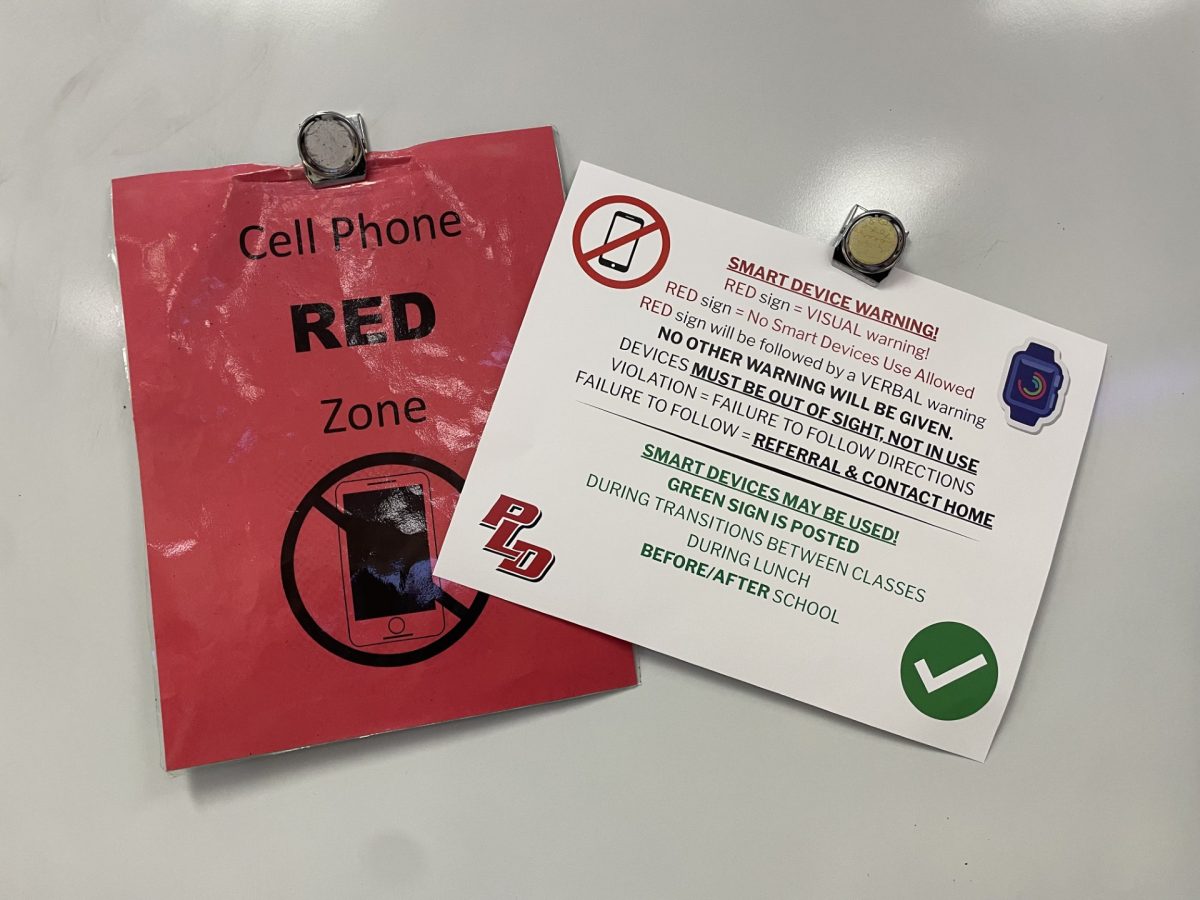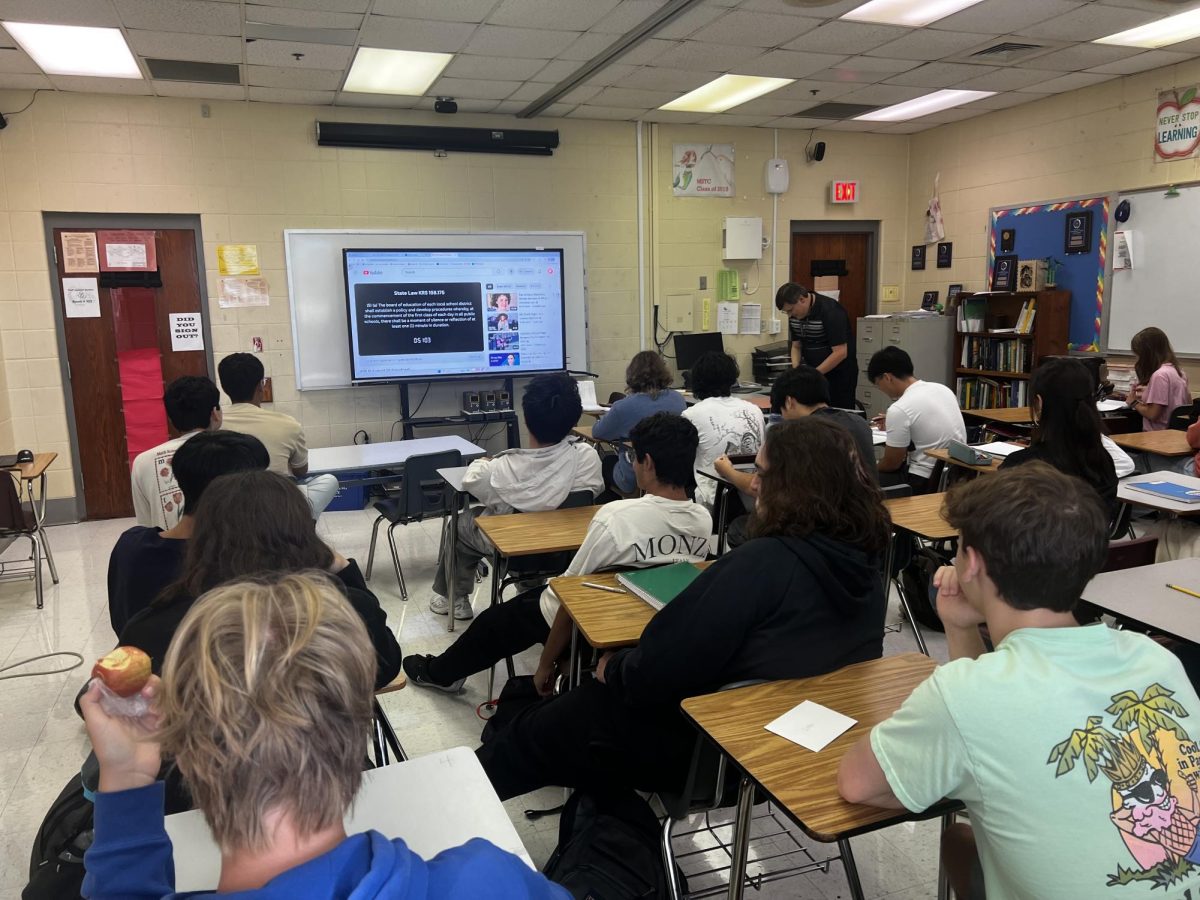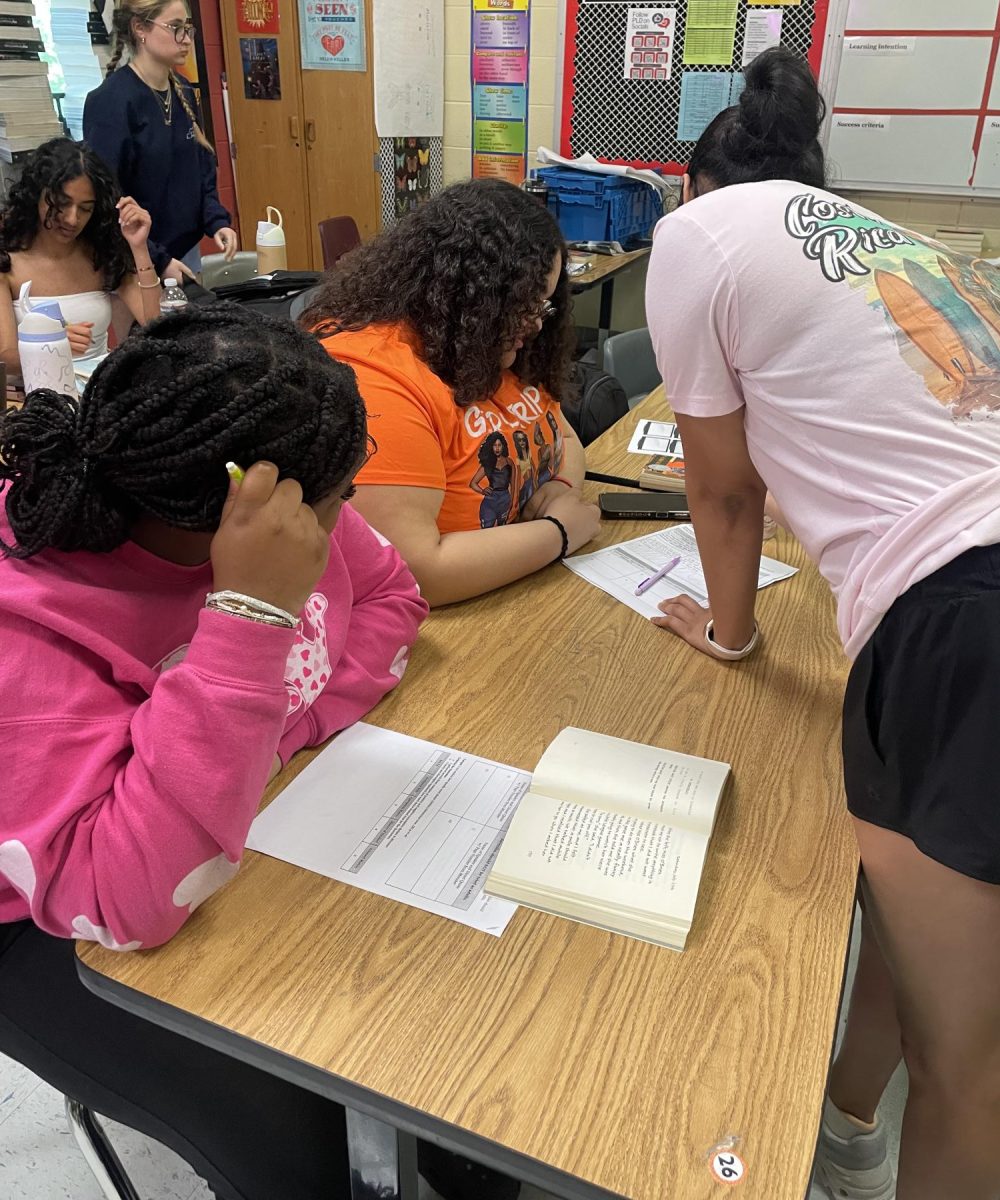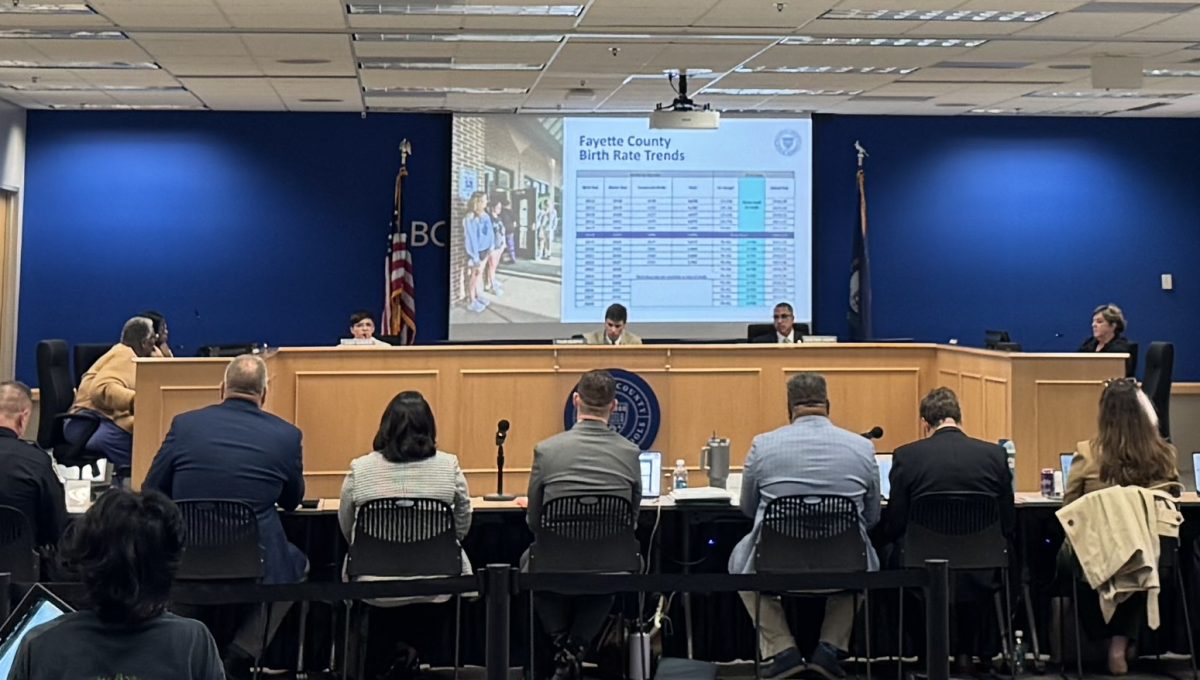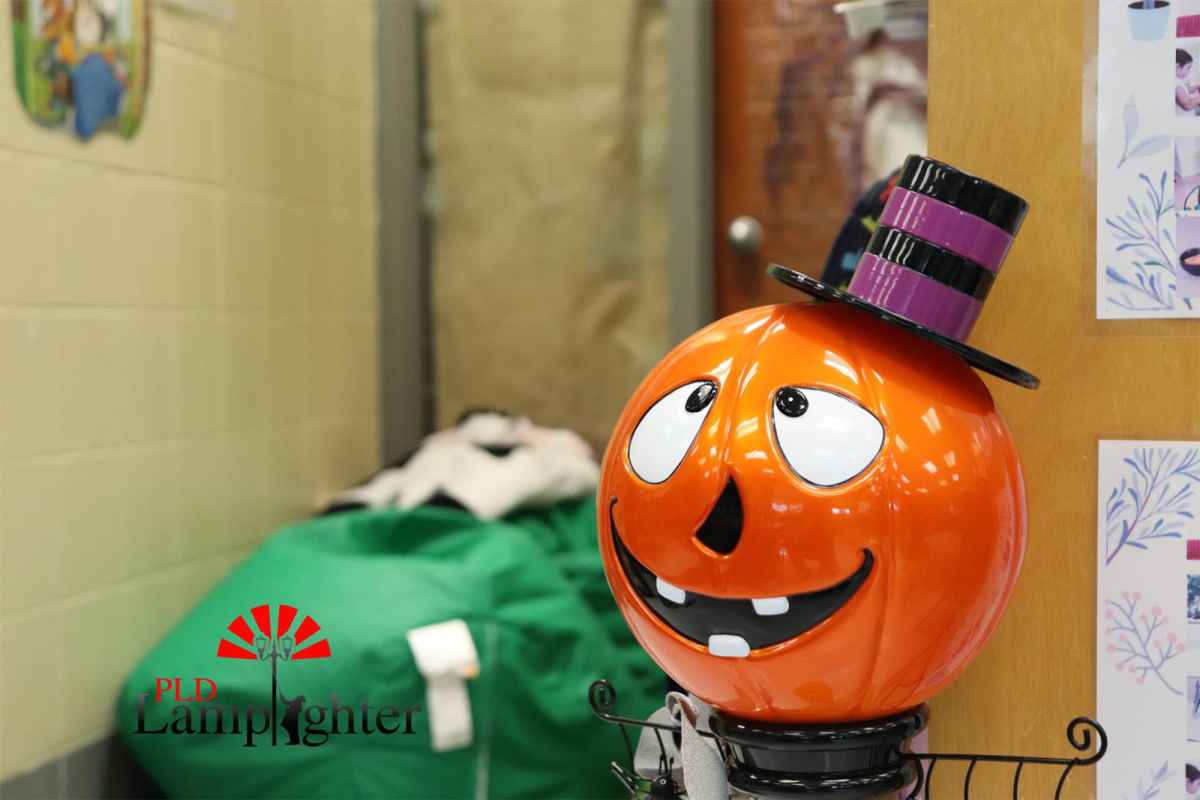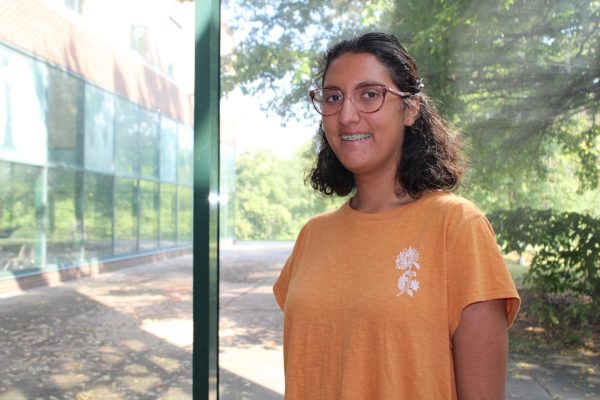Having shorter length school classes has been a very popular topic of discussion. Although there are no “ideal” class lengths, there are pros and cons for both short and long-length classes.
Short-length classes are often favored because they allow students to focus more in class. Students get less bored in classes and have to focus for shorter amounts of time. Short classes mean that the students focus more, and go through the lesson fast and well.
According to Maneuvering the Middle, shorter classes mean that the pace of learning is fast, and ideally, there is less off-task behavior.
Mrs. Laura Kinner Fournier said, “I still think it’s very difficult for a teenager, and even a teacher, to sit in the same place for 90 minutes.”
Also, shorter length classes provide more time for reviewing and studying.
For example, students would learn a lesson in a short amount of time, be able to go home and study the lesson, and then come back the next day and repeat the process.
According to Tenney School, the short class periods allow students to spend more time studying and reviewing information. Since you have more time after school, at home, to review, students wouldn’t be so mentally drained.
Students would also be more interested in a shorter class than a longer class. Instead of having teachers give long lectures, the short lectures would give students more quality time, than quantity. Students would be able to get quality instruction, and teachers would try to make the most out of their time.
Shorter class periods mean more transitions and class changes. This time allows students to get a break from class to class, and students get to socialize with their friends for a few minutes. Having this short transition time would help the students so they can focus better when they go into the next class.
According to UW Medicine, breaks help to replenish your brain’s capacity for attention, creativity, and focus.
Having shorter classes every day would be more beneficial because classes would meet every day. This would help students remember their assignments more. If students have classes every other day, then oftentimes, students forget assignments and homework. Also, students would be able to ask teachers for help more.
In the A day B day schedule, students forget their questions or the concepts that they are having trouble with. According to the University of Wisconsin, it says that teens become forgetful since their brain is expanding so rapidly.
Having an A day B day schedule would expand on their forgetfulness since teens would have so much to keep track of.
Having shorter classes would help teachers and students have a stronger relationship.
“It helps teachers build stronger relationships with students because they see them on a daily basis. Teachers seeing their students every day would allow teachers to get to know their students every day, and would really get to know their kids,” Mrs. Kinner Fournier said.
Assignments would also be shorter if we had classes every day. Instead of having lengthy assignments due every other day, students would have short assignments due every day.
Oftentimes, students underestimate the amount of time an assignment takes to complete when classes are every other day.
According to Very Well Mind, procrastination occurs when students underestimate how long certain activities take to complete. This means that if classes are shorter, the assignments would be more consistent and manageable, so students wouldn’t procrastinate as much.
However, many people argue that our class lengths are fine.
Freshman Raphael Pearson said “I think there is a good balance, because in shorter classes, it feels like you don’t have enough time to do certain things, but in these 90-minute classes, it feels like you have enough time to get done what you need to in the time frame. Any longer would be too much, but any shorter would make me feel like there is not enough time.”
With our class length, we have fewer transitions. Even though this would mean that we would have more breaks and would be a good socializing time, more transitions would mean that there are more chances for students to get bullied.
Hallways and bathrooms are two of the most popular places where students get bullied since it is easy to hide this from teachers. Instead of being a so-called break, this would not be a fun or relaxed time for people who are victims of bullying. This would also waste instructional time. Whereas in longer classes, students have less transition time, so more time can be focused on class and school.
Some students have said that focus is based on how interesting the class is.
“Obviously, if they don’t like the class, it’s gonna be very hard to focus. In classes that students really really like, it feels like 90 minutes hasn’t even passed,” Pearson said.
Our class length times at PLD and the A day B day schedule allow students to complete their homework in two days instead of just one. Students are given a short break from their classes so they don’t get tired of going to the same classes repetitively.
Also, in our class periods, students can go through content in one class period instead of doing short snippets every day which could make it easier for teachers to plan lessons.
“I do think that certain classes like engineering and lab classes should be longer though,” Mrs. Kinner Fournier said.
Both short-length and long-length classes have their pros and cons: some people argue that shorter classes get students to focus more, help students and teachers build stronger relationships, let students have more breaks, and students more interested.
Others say that longer classes allow students to have enough time to get lessons done, don’t waste as much transition time, and allow students to complete their homework with more time.



